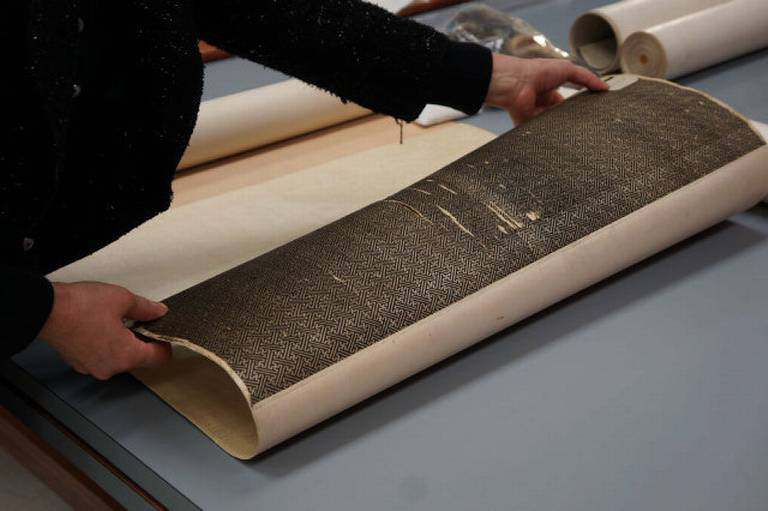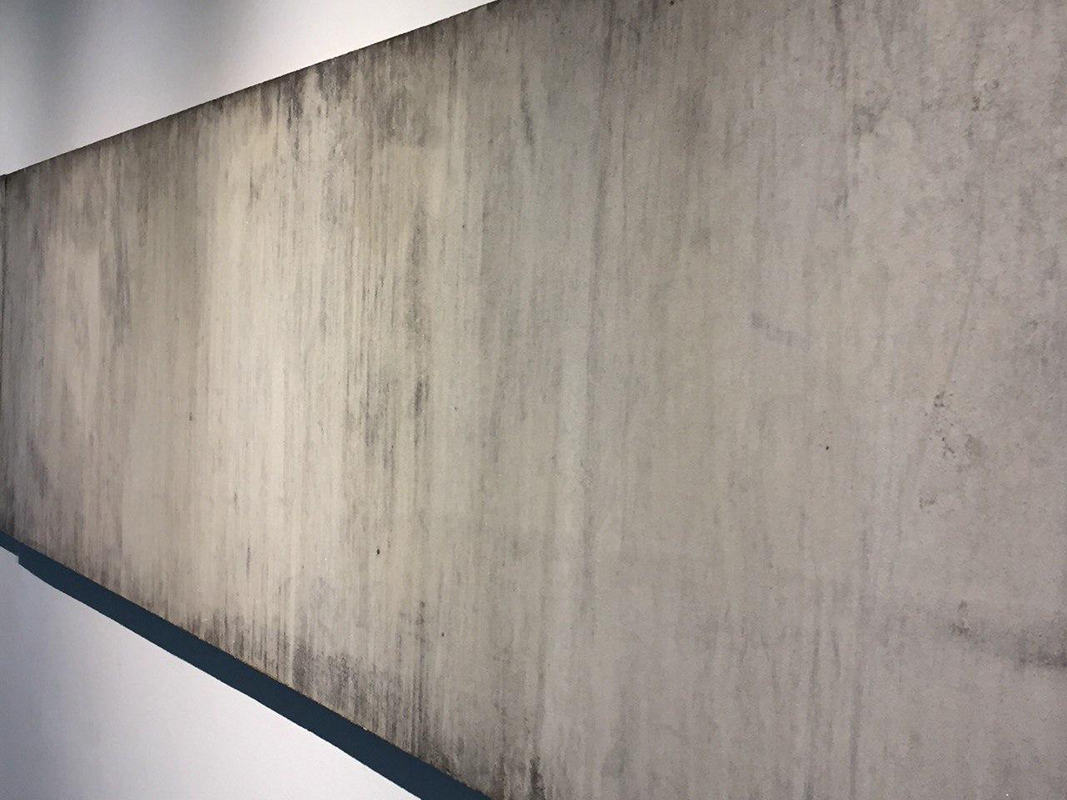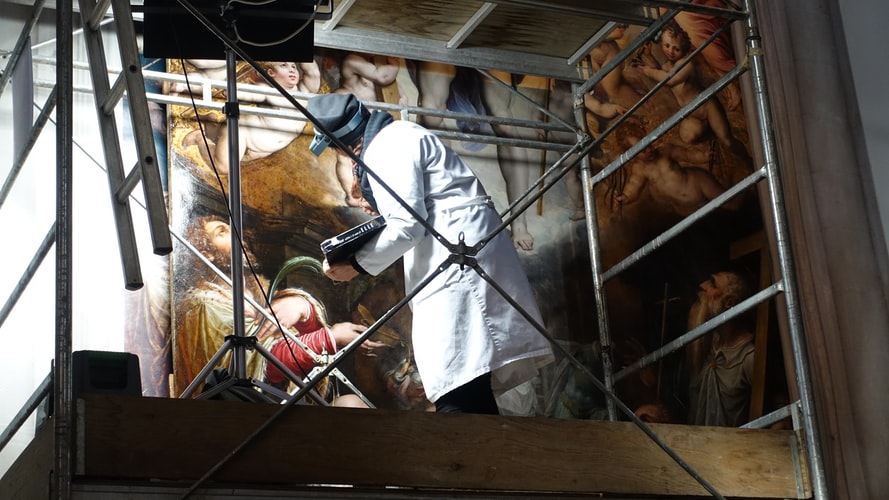Committed as they are to labor-intensive and precise treatments, restorers and conservators for Asian fine art form an elite core. The job isn’t all brushwork, wouldn’t you know: involved in the assessment for older pieces are advanced imaging technologies and analytical techniques (done in a lab). Modern works of the last century might not need as much scruple: local art conservator and restorer Annali Garcia—who’s worked on pieces by Manansala, Amorsolo, and Magsaysay-Ho—once explained to Spot.ph how 50-something-year-old works still need a biologist and chemist to come in.
That kind of specialized attention needed might be one reason why, relative to the many booms in art production across the board, there seems to be only a precious few of these conservators who are visible and around, despite how more art equals more incidents of damage.
Trivia
There’s some recent history behind our slipshod math. As of this writing, Hyperallergic has the latest scoop; here’s a bit of it. In 2012, the Mellon Foundation met with major collections in America of East Asian art to address what had quickly risen to their attention as a crisis. For the thousands of pieces collected by Western institutions over the past centuries, there were only four senior conservators specialized in the field of traditional Chinese painting equipped to handle them. By 2017, the Mellon Foundation had shelled out grants totaling $11.2m for the training of conservators in that one field alone, and that doesn’t count the sums the participating museums had raised to secure those offers.
In perspective, for an American student to take up the mantle meant devoting a lifetime, with the proper undergraduate degree and developed fluency in the required language to start, followed by a 10-year apprenticeship under a master abroad. The supplies needed for a faithful mending are expensive, too. Understandably, traditional East Asian art (Chinese, Korean, Japanese) used media specific to their locales: silk, mineral colors, vegetable dyes—you get it.
So, What Can I Do?
At this point, you might be thinking, “Wait, I collect contemporary art. This is hardly relevant content, Cartellino Team.” Ah, but there’s so many pieces made with new media that personal care might demand more than dusting and the usual switch-up-and-storage, and sooner than you think. Would you believe we have one artist in the shop who paints with blood? There’s also Alvin Zafra’s seminal “Argument from Nowhere,” (2000) a seven-meter-long set of sandpaper panels, against which a human skull was laboriously ground into dust. Talk about a headache.
Art is difficult to make, and the more unconventional formats, the harder it is to keep. It’s nothing to fuss over the minute you buy a piece; buy what you like. Here’s a beginner’s guide to protecting your collection. For preventive care measures you can do yourself, the section in the American Institute for Conservation (AIC) wiki is a good resource.
That said, materials react differently in different environments, let alone tropical ones. Art is organic matter; they won’t last forever. Museums generally have in-house conservators, while inquiring with galleries can connect you to their networks.
Below is a bullet list of conservators and art restorers who promote their services online. As prices can be steep, it helps to cross-reference rates. We look forward to updating this list over time.
Local Services
- Bottega di Anna Maria Luisa
moretina.atg@gmail.com; conservationart2020@gmail.com | Facebook | Press
Based in Quezon City, the Bottega is the home studio of Annali Garcia. As most of her commissions involve pieces made in the last century, she’s an advocate for non-invasive interventions for art restoration. - Roberto M. Lopez Conservation Center
Email | Website | Press
The foremost facility in the country headed by chemist-conservator Maria Bernardita “Maita” Maronilla Reyes, the conservation program was initiated in 2000 and specializes in restoration services from simple touch-ups to complex solutions with state-of-the-art technology. - Archivist
Email | Website | Press
Technically a collections management company that offers help across the board, Archivist is worth considering as they can appraise and maintain your collection. They take a look at the piece, study the materials used, and connect you to the right people for the job.
International Services
- JAPAN: Mori Art Conservation
Email | Website (EN) - SINGAPORE: YH Conservation
Email | Website (EN) - SINGAPORE: Q Framing Group
Email | Website (EN) | Virtual Consultations



